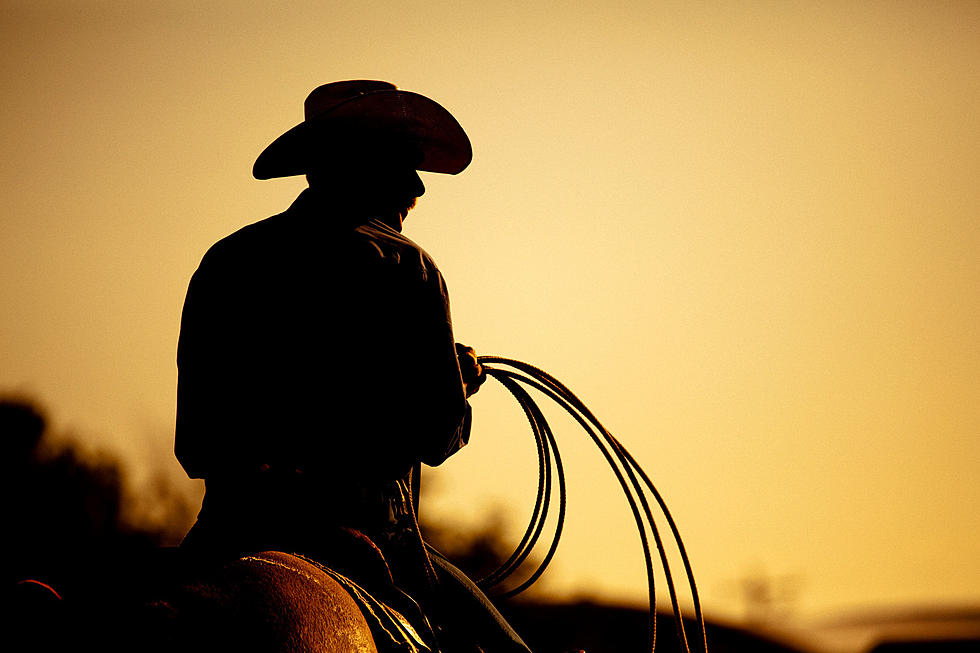
Wyoming Pioneer Inducted Into The Cowboy Hall Of Fame
Julius Bock was born in Germany.
Somehow, he made it to Wyoming
His neighbors called him a good American and a good neighbor.
He was also considered a good steward of the land and of all his livestock, and that of his neighbors.
His descendants continue his honest and hard-working ways, so much so that Julius has a place in the Wyoming Cowboy Hall of Fame.
Julius F. Bock arrived in America with his parents, two brothers, and seven sisters.
They traveled out to Cass County, Nebraska, and made their home.
There, Julius attended country schools until he was 13. That was average for education back then.
He worked on the family farm until he was 19. Leaving home at that age, or a few years younger, was also common at that time.
With “the clothes on his back and a dollar in his pocket,” Julius rode a train into South Dakota, as close as he could get to the famed T-E Ranch in Crook and Weston counties in Wyoming.
That was most likely the railroad stop at Dewey. History says the young man walked from there to the T-E. Today’s Google Maps tell us it’s about 45 miles to Osage, and the ranch was a ways from there — a ‘pretty fair walk and hard on shoe leather,’ one would think! (News Letter Journal).
Julius took a preemption claim on some land.
He found employment with a horse rancher named Lagrave Delaney for a year and a half.
Then he settled on his own land.
The year was 1888 and this young man had a plan.
Julius built a log house, bunkhouse, barns, and sheds, all of which remain standing to this day.
He married, you knew a hard-working young man like what would attract a woman real fast. Her name was Bertha Jahrig.
Hard work paid off. He had 8,000 acres of rangeland in just a few years.
Julius built what history records as “a very attractive modern home” with “furnace, bath, and all modern conveniences.” He also built “one of the largest barns in his section of the state” with “an extensive granary where he keeps his seed,” and “two teams could drive in at once to unload hay. (News Letter Journal).
The Bocks got busy making kids, Clara, Tillie, Julia, Ella, John, Fred and Carl, who were born on the ranch.
As late as 1911, the local newspaper reported that “Julius Bock was in from his Skull Creek ranch buying supplies to paint his new house.”
Stuff like that was considered big news in local papers back then.
He purchased more land and by 1912 the ranch was known as “Double Spear Ranch.” Buildings included “a new house,” along with a “blacksmith shop and a lumber camp.
Cattle, horses, and sheep filled his land.
Eventually, he had more than 60,000 acres, various holdings, and a heck of a lot of livestock.
That hard-working man passed on his morals and work ethic to his kids, and that worked down to his grandkids and great-grandkids.
The Wyoming Cowboy Hall of Fame began as an idea among friends, Scott Ratliff, Jim and Paulette Moss, and Pinky Walter, in 2012, and the official 501(c)(3) and board was formed the next year. In 2014, the first official Induction Ceremony was held at the Fort Reno Building, at the Wyoming State Fairgrounds. In 2015, the Induction Ceremonies were moved to the Casper Events Center to handle the large amount of guests and to provide a central location for the Induction Ceremonies.
Wyoming is divided up into 10 geographic regions to localize inductee selections. Each region is made up of a member on the WCHF board, and a local committee to assist the board in selecting the honorees.
Nominations are taken from Oct 15 through Feb 28, inductee selections are made in May and the official Induction Ceremony is held in September.
